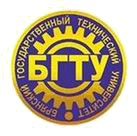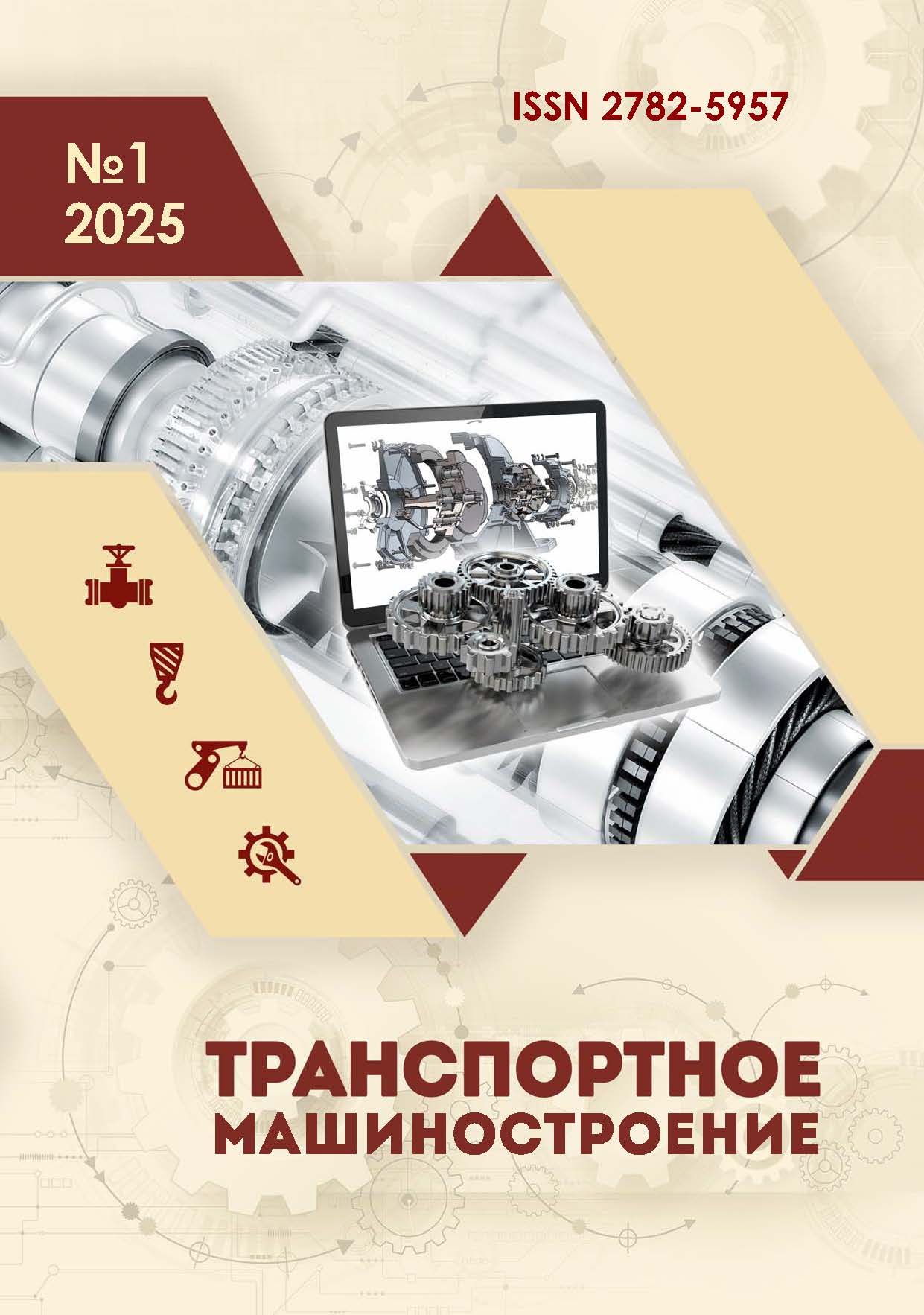employee
Moscow, Moscow, Russian Federation
employee from 01.01.2021 to 01.01.2024
Moscow, Moscow, Russian Federation
employee
Moscow, Moscow, Russian Federation
employee
Moscow, Moscow, Russian Federation
UDC 621.785
Russian Library and Bibliographic Classification 398
This study objective is to analyze the effectiveness of using the technology of tail suspension of cars as a way to increase the reliability and comfort of movement in railway transport. To achieve this goal, the following task was defined: identification and analysis of internal defects that are the causes of product rejection, and the subsequent development of recommendations for their elimination. The main research method is the analysis of current operating procedure of manufacturing parts, the study of materials and methods of their processing used to strengthen tails. The priority is to identify the key factors contributing to increasing the durability of the tail assembly through the use of reinforcing technology. Both theoretical analysis of existing scientific papers on this topic and practical experiments on stress tests are used as research methods. The novelty of the work is in offering a more environmentally friendly product processing technology, as well as confirming the possibility of replacing the tail material with a more cost-effective one. It is worth noting that the issue of ensuring the quality of truck tails of subway cars, the ecological purity of the heat treatment process, and cost reduction is being solved through a new heat treatment technology – quenching with a fast-moving stream of water and replacing 40X alloy steel with 35 carbon steel without reducing operational properties. As a result, the proposed measures contribute to improving the manufacturing quality of tail assemblies and reducing the percentage of their rejection at the production testing stage.
40X steel, 35 steel, equipment, flow, water, strength, assemblies
1. Popov VB. Substantiation and development of the concept of technical solutions for designing truck frames of a subway car in a modern megalopolis [dissertation]. [Moscow (RF)]: Russian University of Transport; 2014.
2. Shepelyakovsky KZ. Hardening of machine parts by surface hardening under induction heating. Moscow, Mashinostroenie; 1972.
3. Fedin VM. Volumetric surface hardening of rolling stock parts and the upper track structure. Moscow: Intext; 2002.
4. Tyuftyaev AS. Patterns of structure formation during plasma treatment of 60G steel and industrial development of surface hardening technology for railway wheelset flanges [abstract of dissertation]. [Moscow (RF)]: Central Research Institute of Ferrous Metallurgy named after Borodin; 2002.
5. Evtikhiev NN, Ochin OF, Begunov IA. Laser technologies: textbook. Dolgoprudny: Intellect; 2020.
6. Golovin GF, Zimin NV. Technology of metal heat treatment using induction heating. Leningrad: Mashinostroenie; 1990.







